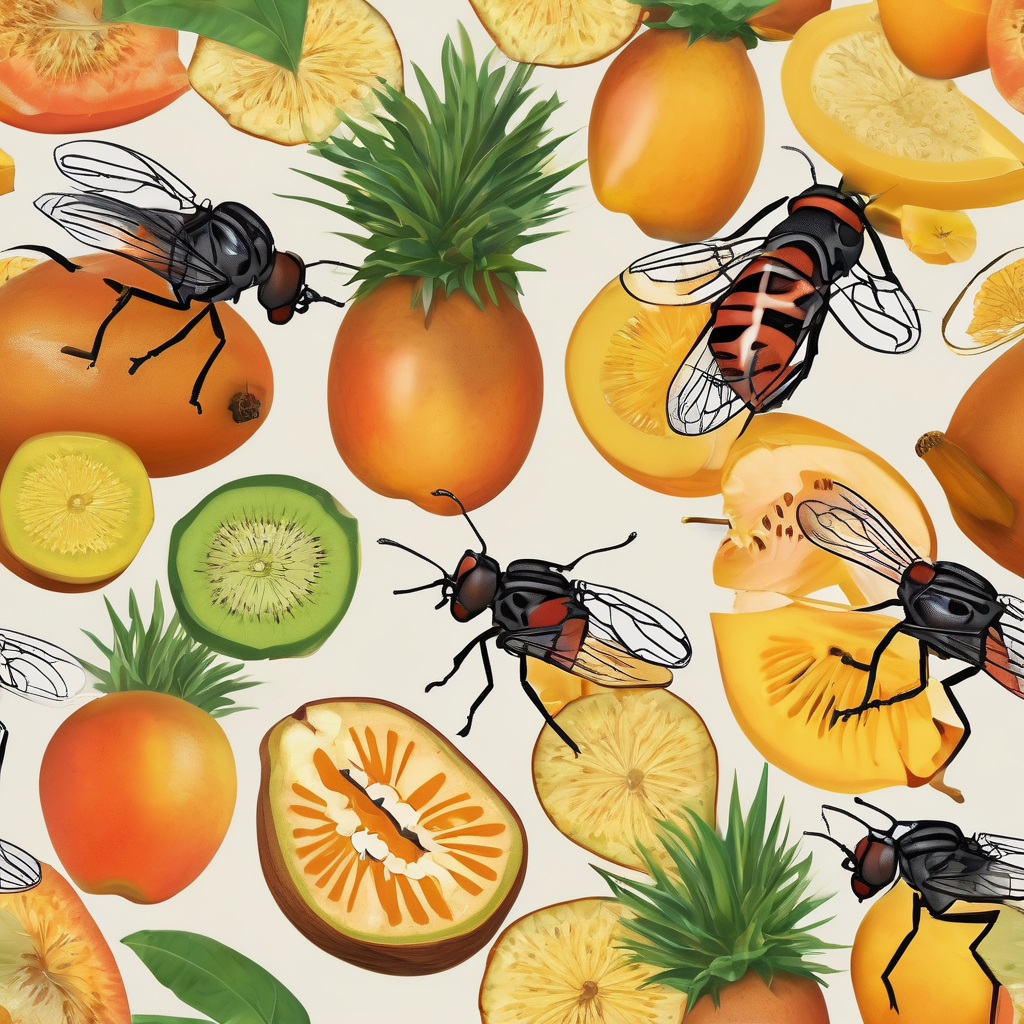The recent identification of the invasive Tongan fruit fly in Fiji has prompted an urgent scientific initiative focused on understanding and controlling its complex life cycle. This species, known scientifically as Bactrocera facialis, develops through four stages: egg, larva, pupa, and adult, with temperature playing a key role in its growth.
Surend Pratap, Acting Chief Executive for the Biosecurity Authority of Fiji (BAF), highlighted the significant threat posed by this pest, which damages crops by laying eggs inside fruit. The larvae that hatch consume the fruit from the inside, leading to internal decay and making the fruit unsuitable for consumption. Visible signs of infestation include puncture wounds and discoloration on the fruit’s exterior. Additionally, adult flies can live up to three months, permitting multiple breeding cycles unless managed effectively.
To combat this invasive species, BAF is intensifying surveillance and containment efforts aimed at preventing its spread, thus safeguarding Fiji’s agriculture and food security. Tomasi Tunabuna, Minister for Agriculture and Waterways, indicated that BAF and the Ministry are collaborating closely to devise effective strategies for managing the fly’s propagation and employing suitable containment measures.
The presence of this invasive pest resembles past agricultural challenges Fiji has faced, including outbreaks of the Fall Armyworm, which recently led authorities to implement a Plant Pest Emergency Response Action plan. This ongoing commitment to pest management reflects Fiji’s resilience and determination to protect its crop production and food supply.
Given the proactive measures taken by relevant authorities and community involvement in monitoring and reporting, there is hope for successful management of the Tongan fruit fly. As Fiji mobilizes its resources, continued vigilance and cooperation among farmers and agricultural stakeholders can pave the way for a robust response to this emerging threat, ensuring the sustainability of Fiji’s agricultural landscape.
